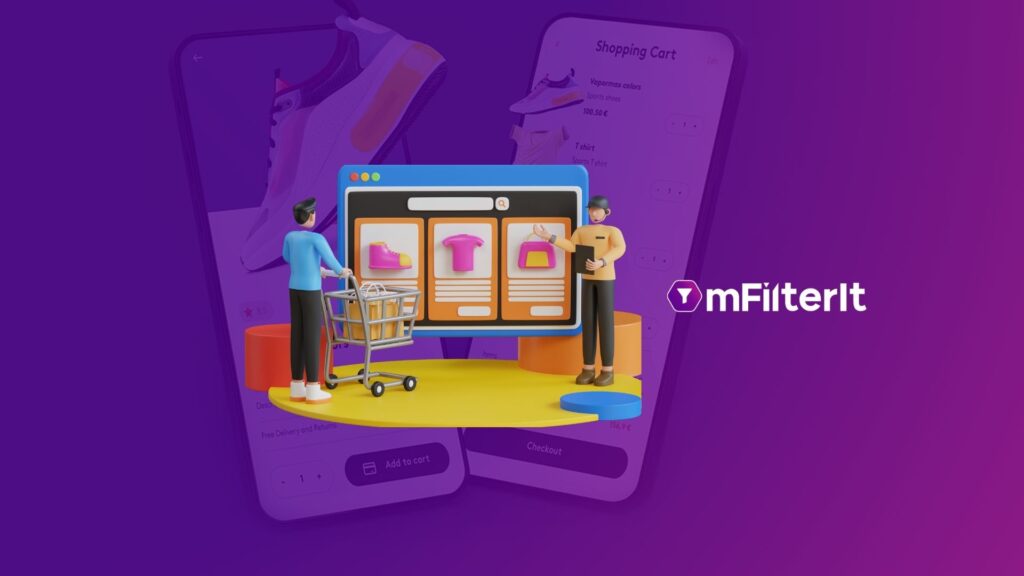Unlock the Power of Data Transparency in 2024
Digital advertising, being a relatively new channel, is still evolving. As digital ads become more and more popular, new concerns are being identified. One such concern that has been in the limelight recently is data transparency. Users are becoming increasingly concerned about their privacy. They want to (rightfully) control who obtains their information, how they obtain it, and how they use said information. In other words, digital users expect brands to build trust through transparency. However, such concerns are not limited to users. Transparency matters also concern advertisers. As third-party cookies are being phased out and the focus on privacy becomes sharper, brands must also demand transparency from advertising platforms and providers. Recent privacy regulations and concerns surrounding consumer trust have made things more difficult for brands. In such times, access to reliable data and transparency have become critical to success. Still wondering why? Here are three solid reasons: Reasons Brands Need Data Transparency to Thrive in 2024 1. Mitigate The Risks Bad data negatively impacts digital efficiency. This means that bad data prevents brands from making the most of their advertising and marketing efforts. This is because bad data usually stems from invalid traffic or anomalies found in ad traffic reporting. Such instances can impact the marketing of brands in a variety of ways. The most obvious impact is the wasted ad spend. If you are paying for a click or an impression, and if it doesn’t come from a real user, then your ad budget for said click or impression is wasted. Fraudsters may use bots or click farms to direct invalid traffic to an advertiser’s website and steal their advertising dollars. A less obvious impact of invalid traffic is on organic rankings and traffic of websites. Too much invalid traffic may lead to a website losing precious rankings and traffic on search engines. On the contrary, if brands have access to reliable data, they can effectively mitigate these risks. Access to accurate data will enable brands to accurately pinpoint their most valuable traffic sources and nurture them. It will also give them clarity on their effective channels and best-performing campaigns in which they can invest for greater returns. 2. Targeted Reach One area of digital advertising where there is a serious lack of transparency is ad placements. Advertising networks and platforms let brands exercise some control over who sees their ads. By targeting the right audience, brands can ensure that their ads are being displayed on websites frequented by their target audience. However, this is usually only true in theory. In most cases, brands have little control over or information about the websites that publish their advertisements. As a result, many brands remain unaware that their ads are being displayed next to irrelevant content or on completely irrelevant websites. The obvious impact of this is, once again, wasted ad spend. If the ads are being served to users who may not find them relevant, the conversion rates suffer, diminishing the returns for the brand. The less obvious impact of the same can be observed in extreme cases. In such cases, brands become victims of unsafe ad placements. This means that without the knowledge of the brand/advertisers, their ads are displayed next to questionable or extremist content. It isn’t difficult to imagine the impact on a brand if its ad is displayed next to, say, homophobic content. While the brands have little control over this, most users who view these ads are unaware of the same. As a result, when such unfortunate ad placements come to light, the advertising brand’s image suffers the most damage. If, however, brands have the power to verify and control where their ads are displayed, they get access to targeted reach. This means that brands can target users who are most likely to respond to their offer and convert into paying customers. 3. Improve Efficiency One of the biggest yet most overlooked effects of bad data on advertising is skewed metrics. The most lucrative aspect of digital advertising is the access to ad reporting data that enables optimization decisions. However, due to the lack of transparency, bad actors in the advertising supply chain may tamper with their traffic reports in the hopes of making a quick buck. Similarly, invalid traffic can make campaign reports inaccurate. It may compel advertisers to give credit to bot traffic sources and overlook legitimate ones. Alarmingly, this effect isn’t limited to traffic sources. Bad data may lead advertisers to invest in the wrong ad variations, audience variations, and even ad platforms. In the long run, this can have a compounding effect on wasted ad spending. On the flip side, if brands can validate their traffic, execute data optimization, and get access to accurate reporting, optimization decisions will be easier and more accurate. This can result in substantial improvements in the ROI a brand can expect from its digital advertising efforts. Your Partner for Trust and Transparency The good news is that brands and advertisers are not powerless about transparency. By validating traffic and publishers and carefully selecting advertising platforms and vendors, advertisers can ensure access to transparent and reliable data. Manually validating traffic and its sources can prove to be inefficient. It is time-consuming, and there exists a margin for human error. This is where a solution like mFilterIt becomes relevant. Using AI and ML algorithms, mFilterIt’s ad fraud solution and brand safety tools validate traffic and publishers in real-time along with tracking the unsafe ad placements. Our solution ensures continuous monitoring of traffic and traffic sources, eliminating all margins of error or overlooked incidents. It also enables brands to stay clear of objectionable ad placements and reduces the risk of brand risks. It is designed to enable informed business decisions based on reliable, verified data. Way forward A transparent internet is better for users and brands alike. As we progress toward a more privacy-focused future for the web, advertisers’ reliance on transparent data will only become more prominent. It will enable advertisers to continue being productive contributors to a better internet and
Unlock the Power of Data Transparency in 2024 Read More »










